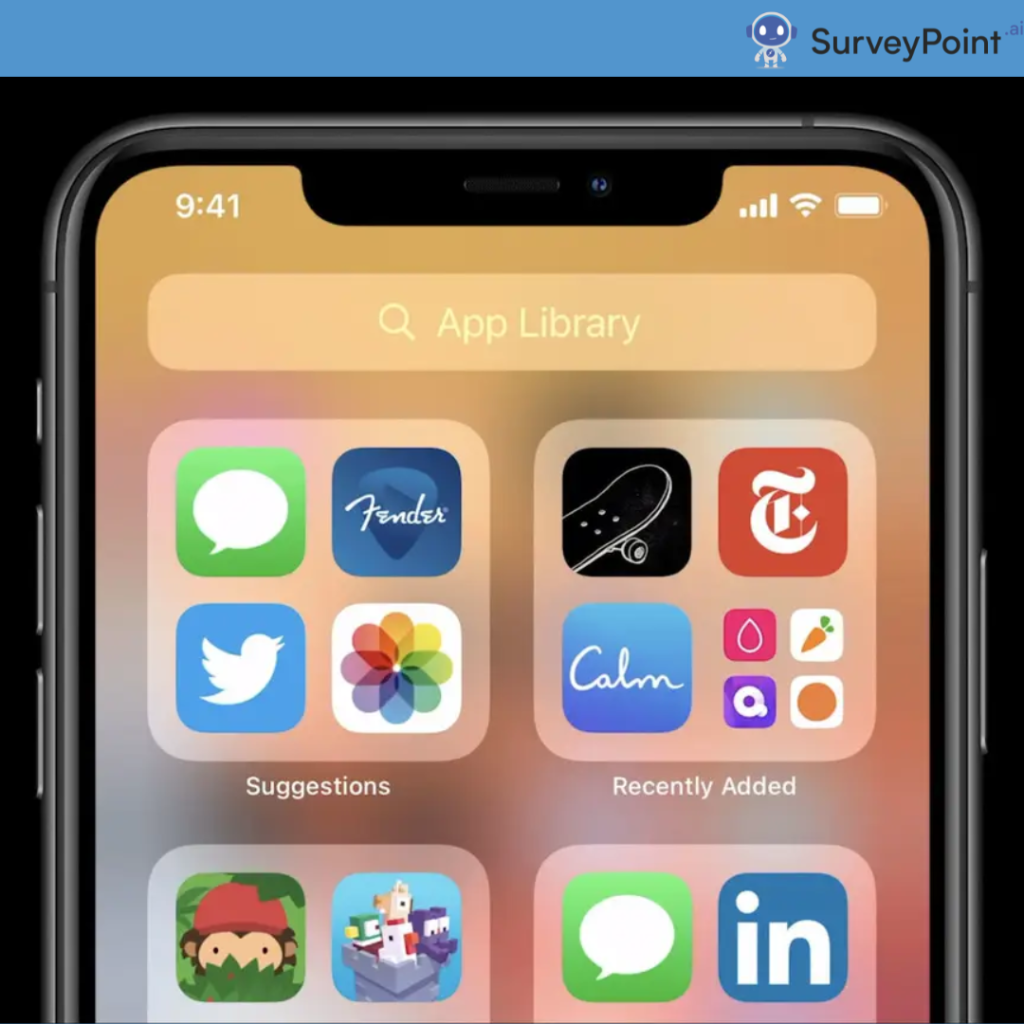
In 2024, the landscape of healthcare marketing, particularly in the hospice sector, has undergone significant evolution. As the demand for hospice care continues to rise and competition among providers intensifies, it’s crucial for hospices to adapt and innovate their marketing strategies to effectively reach and serve their communities. This blog will explore the latest trends, strategies, and ideas for transforming hospice marketing in 2024, with a focus on leveraging digital platforms and partnering with leading marketing agencies to achieve success.
Understanding the Landscape of Hospice Care Marketing
Before delving into strategies and ideas, it’s essential to understand the current state of hospice care marketing. Hospice care, which focuses on providing comfort and support to individuals with life-limiting illnesses, plays a vital role in end-of-life care. However, despite its importance, many hospices struggle to effectively communicate their services and value propositions to patients, families, and healthcare providers.
Challenges in Hospice Marketing:
Several challenges persist in hospice marketing, including:
- Stigma: Despite the benefits of hospice care, there is still a stigma attached to it, with misconceptions about its role and implications for patients and families.
- Competition: With an increasing number of hospice providers entering the market, competition for referrals and patients has intensified.
- Regulatory Environment: Compliance with regulations, such as those set by Medicare and Medicaid, adds complexity to marketing efforts.
- Limited Resources: Many hospices operate with limited budgets and resources, making it challenging to invest in comprehensive marketing initiatives.
Strategies for Transforming Hospice Marketing in 2024:
To overcome these challenges and effectively market hospice care in 2024, providers need to embrace innovative strategies tailored to the digital age. Here are some key strategies and ideas:
- Digital Presence Optimization:
In today’s digital world, having a strong online presence is essential for any organization, including hospices. Providers should invest in optimizing their websites for search engines (SEO) to ensure they appear prominently in online searches for hospice care in their area. This includes creating informative and engaging content, such as blog posts, articles, and videos, that address common questions and concerns about hospice care.
- Social Media Engagement:
Social media platforms offer hospices a powerful tool for engaging with patients, families, and healthcare professionals. Providers can use platforms like Facebook, Twitter, and LinkedIn to share educational content, patient stories, and updates about their services. Engaging with followers through comments, messages, and live streams can help humanize the hospice experience and build trust with the community.
- Content Marketing:
Content marketing involves creating and distributing valuable, relevant content to attract and retain a defined audience. Hospices can leverage content marketing to educate their target audience about the benefits of hospice care, address common misconceptions, and provide resources for patients and families facing end-of-life decisions. Content formats can include articles, infographics, podcasts, and webinars.
- Targeted Advertising:
In an increasingly competitive market, targeted advertising can help hospices reach specific audiences with relevant messaging. Providers can use online advertising platforms, such as Google Ads and social media ads, to target users based on demographics, interests, and online behavior. By tailoring their ad campaigns to resonate with different segments of their target market, hospices can increase the effectiveness of their marketing efforts.
- Video Marketing:
Video content continues to dominate online platforms, making it a valuable tool for hospice marketing. Providers can create videos that showcase their facilities, introduce staff members, and share patient testimonials. Video can also be used to educate viewers about the hospice care process, address common concerns, and provide guidance on end-of-life planning. Hosting live Q&A sessions or virtual tours can further engage audiences and foster trust in the provider.
- Community Outreach and Partnerships:
Building strong relationships with community organizations, healthcare providers, and local influencers can help hospices expand their reach and enhance their reputation. Providers can participate in health fairs, workshops, and other community events to raise awareness about hospice care and establish themselves as trusted resources. Collaborating with hospitals, nursing homes, and physician practices can also lead to referrals and partnerships that benefit both parties.
- Data Analytics and Performance Tracking:
Measuring the effectiveness of marketing efforts is crucial for optimizing strategies and allocating resources efficiently. Hospices should leverage data analytics tools to track key performance indicators (KPIs), such as website traffic, conversion rates, and patient inquiries. By analyzing data insights, providers can identify trends, identify areas for improvement, and make informed decisions to drive better results.
Partnering with a Leading Digital Marketing Agency:
While implementing these strategies independently can yield results, partnering with a leading digital marketing agency can provide hospices with expertise, resources, and support to maximize their marketing efforts. A reputable agency specializing in healthcare marketing can offer a range of services, including:
- Strategic Planning: Developing customized marketing plans aligned with the hospice’s goals, target audience, and budget.
- Creative Services: Designing compelling visual assets, content, and campaigns tailored to the hospice’s brand and messaging.
- Digital Advertising: Managing online advertising campaigns across various platforms to reach and engage the target audience effectively.
- Search Engine Optimization (SEO): Optimizing the hospice’s website and content to improve search engine rankings and visibility.
- Analytics and Reporting: Providing ongoing analysis and reporting to track performance, identify opportunities, and make data-driven decisions.
Conclusion
In conclusion, the landscape of hospice care marketing is evolving rapidly in 2024, driven by technological advancements, changing consumer behaviors, and increasing competition. By embracing innovative strategies such as digital presence optimization, social media engagement, content marketing, and targeted advertising, hospices can effectively reach and engage their target audience while building trust and credibility within their communities. Additionally, partnering with a leading digital marketing agency can provide hospices with the expertise and support needed to navigate this dynamic landscape and achieve their marketing goals in the ever-changing healthcare industry.




